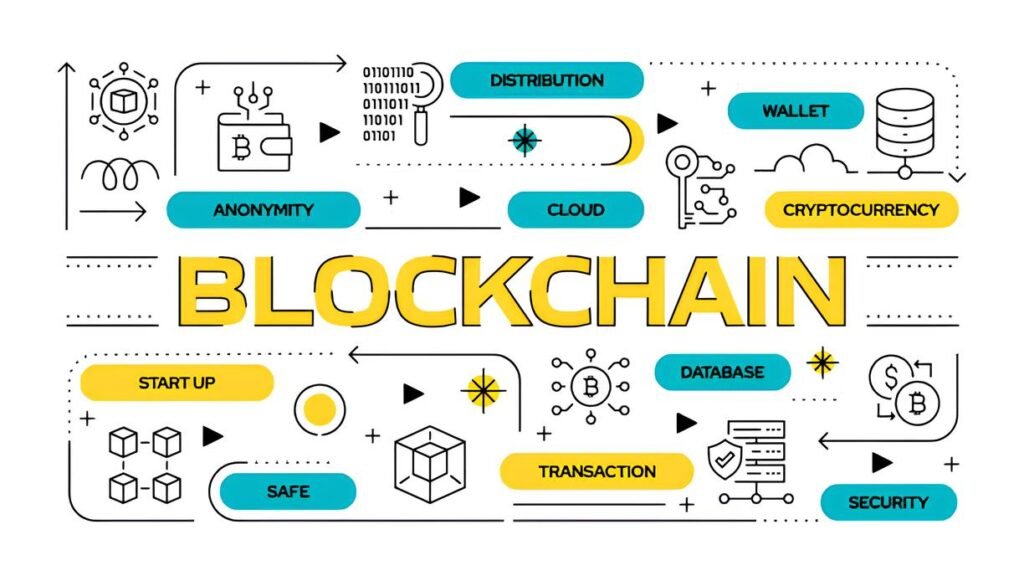Imagine spending months crafting a darknet identity — a carefully chosen alias, a distinct writing style, and an ironclad routine for logging in only through Tor with a fresh VPN connection. You feel untouchable, hidden behind layers of encryption and anonymity. But what if that alias, your supposed cloak of invisibility, isn’t as anonymous as you believe?
For many, the darknet represents the ultimate privacy frontier, a place where your pseudonym can roam free, untraceable and safe. Yet, beneath the surface, a complex web of digital breadcrumbs can lead back to you, often unintentionally. From behavioral patterns to subtle metadata and network-level vulnerabilities, your alias carries a unique fingerprint that governments, cybercriminals, and even well-resourced hackers know how to read.
In This Article
- Beyond IP Addresses: The Myth of Complete Anonymity
- Meticulous Behavioral Tracking: How Patterns Betray You
- Metadata Leaks: Hidden in Plain Sight
- Technical Fingerprinting Explained
- Real-World Examples and Lessons Learned
- Strategies to Protect Your Alias
- When to Retire Your Alias
- Reimagining Anonymity in the Darknet Era
Beyond IP Addresses: The Myth of Complete Anonymity
Most darknet users focus on masking their IP address through Tor and VPNs, believing this step alone guarantees anonymity. While IP obfuscation is critical, it’s just one part of the puzzle. Modern surveillance doesn’t merely chase IP addresses — it analyzes activity spanning multiple layers, from how users type to which time zones they operate in.
Many assume that using a pseudonym, coupled with privacy-enhanced tools, creates an invisible persona. However, anonymity is more than hiding where you are — it’s also about concealing who you are through behavior and digital traces. Governments and threat actors use advanced techniques like correlation attacks, behavioral analytics, and linguistic forensics to link aliases across forums, marketplaces, and communication platforms.
In fact, the IP is often the easiest element to mask compared to the subtle habits embedded in your digital footprint. This is why an alias, no matter how meticulously crafted, can become surprisingly revealing over time.
Meticulous Behavioral Tracking: How Patterns Betray You
Behavioral tracking relies on the fact that every person has unique habits — even online. When you use the darknet, your posting hours, frequency, language style, and even the way you format text or respond under pressure, build a distinctive “behavioral fingerprint.”
Consider these behavioral signals:
- Active hours: Logging in every evening at 9 p.m. UTC creates a consistent pattern.
- Writing style: Use of specific idioms, punctuation, or grammar mistakes.
- Topic preferences: Repeated focus on certain forum subjects or market segments.
- Interaction cadence: How quickly you respond or the average length of your messages.
Data scientists call this stylometry, a linguistic analysis technique that can identify authorship based on text features. Even anonymous forums and chat apps are vulnerable; adversaries can unmask multiple pseudonymous accounts as belonging to a single user simply by comparing writing fingerprints.
To avoid creating a behavioral fingerprint, vary your login times, change your writing style periodically, and avoid using personal catchphrases or unique slang.
Metadata Leaks: Hidden in Plain Sight
Metadata often flies under the radar but reveals more about your identity than the content you share. For darknet users, metadata embedded in files or communication logs can betray their alias’s anonymity.
Examples of risky metadata include:
- File properties: Documents and images can contain creation dates, GPS coordinates, software versions, or user names.
- Timing metadata: Exact timestamps help correlate activity across multiple platforms or network nodes.
- Message headers: Email or chat headers may expose originating IP addresses or relay points.
- Browser fingerprints: Configurations, font lists, installed plugins, and user agent strings combine to form a unique profile.
Without effective metadata stripping tools, even encrypted content can leave a trail. For instance, uploading the same photo with embedded EXIF data to different darknet forums can link those pseudonymous accounts conclusively back to one user.
Properly sanitizing data is crucial. Open-source utilities like MAT2 (Metadata Anonymization Toolkit) help remove potentially compromising metadata from files before sharing on darknet services. Detecting hidden leaks in privacy browser configurations is another key aspect in protecting inclusive identity safeguards.
Technical Fingerprinting Explained
Technical fingerprints are like digital fingerprints on a firearm — unique to each user’s device and setup. Even with Tor, subtle nuances can betray you:
- Browser fingerprinting: Tor Browser works hard to reduce this, but combined with VPN usage, plugins, or custom configurations, fingerprint uniqueness increases dramatically.
- Device telemetry: Operating system telemetry data can reveal hardware IDs or usage patterns even without Internet connection logs.
- Timing attacks: Monitoring packet timing between entry and exit nodes helps attackers correlate traffic flows and trace origins.
- WebRTC leaks: Many browsers leak your real IP via WebRTC despite proxies or VPNs, an often overlooked threat vector.
Compounding these issues, syncing browser data (like bookmarks or cookies—even in “private” mode) across devices can collapse isolation layers you built between your different darknet personas. If an adversary accesses one persona, others may come tumbling down too.
For a deep dive into preventing fingerprint leaks, exploring detecting hidden leaks in privacy browser configurations is essential reading.
Real-World Examples and Lessons Learned
Several darknet takedowns have shown how seemingly anonymous users became identifiable through alias-linked vulnerabilities:
- The Silk Road Arrest: Dread Pirate Roberts was unmasked not just by a slip-up in operational security, but by correlating server access times with social media activities.
- Forum Siege of “FreedomNet”: Users who tried to separate accounts by pseudonym were identified through matching typing speeds and unique spelling errors.
- Leak of a Gaming Hacker Alias: Metadata in uploaded screenshots contained the original Windows username and GPS location embedded in EXIF, leading to an arrest.
In these cases, anonymity failed not due to a single technical flaw but because humans unknowingly left identifiable traces when juggling their darknet alias with real-world habits.
Strategies to Protect Your Alias
So how can you strengthen your darknet alias beyond basic IP masking?
- Isolate Identities: Use compartmentalized virtual machines or separate physical devices for each identity.
- Employ Privacy-Focused Operating Systems: Utilizing live OS distributions like Tails or Whonix helps prevent accidental leaks outside the Tor environment.
- Randomize Behavior: Avoid predictable patterns in login times, post frequency, or linguistic style.
- Use Metadata Cleaning Tools: Always sanitize files with tools like MAT2 before uploading or sharing.
- Disable Risky Browser Features: Turn off WebRTC and block JavaScript where feasible to reduce fingerprinting.
- Avoid Syncing Sessions: Never sync bookmarks, passwords, or sessions between clearnet and darknet browsers.
- Practice Good Data Hygiene: Regularly audit your privacy stack and update tools to the latest versions (how to practice good “data hygiene” across devices).
Using a VPN with Tor can add privacy layers, but it’s crucial to select providers with proven no-log policies and strong obfuscation techniques. See recommended services in “The Best VPNs for Tor in 2025.”
When to Retire Your Alias
Knowing when to retire a darknet identity is as important as creating one. Over time, even well-maintained aliases degrade in anonymity due to habits, data accumulation, or external compromises.
- Repeated security incidents or close calls.
- A large volume of behavioral data collected over months or years.
- Use of the alias in multiple contexts accidentally linking it to real-world activities.
- Suspicion of an ongoing deanonymization attempt by law enforcement or adversaries.
When it’s time to retire, cleanly exit by:
- Ceasing all activity or gradually fading out communications.
- Deleting or archiving sensitive materials securely.
- Creating a new identity with a strict break chain of activities and toolsets.
- Reviewing operational security practices to avoid repeated mistakes.
Reimagining Anonymity in the Darknet Era
The digital age’s paradox is clear: the more technology promises anonymity, the more metadata and behavioral analysis chip away at it unnoticed. Your darknet alias is a digital mask, but no mask is perfect. It can slip, crack, or even shatter if you’re not aware of the invisible trails your actions leave behind.
True anonymity requires mastering not just tools like Tor, VPNs, or encrypted messaging but also understanding and disrupting the patterns that define you. The path to invisibility lies in constant vigilance, education, and adapting to evolving threats.
As darknet users continue to explore privacy frontiers, the smartest move isn’t hiding endlessly behind an alias but learning to cloak your entire digital self — habits, metadata, and behavior alike.



